Inside Chernobyl: A Legacy of Ruin
Truthdig Editor in Chief Robert Scheer was the first American journalist to enter the surviving power plant in the former Soviet Union On the 30th anniversary of the nuclear disaster, he recounts his experience in a Los Angeles Times column first published on April 9, 1987 Truthdig Editor in Chief Robert Scheer was the first American journalist to enter the surviving power plant in the former Soviet Union.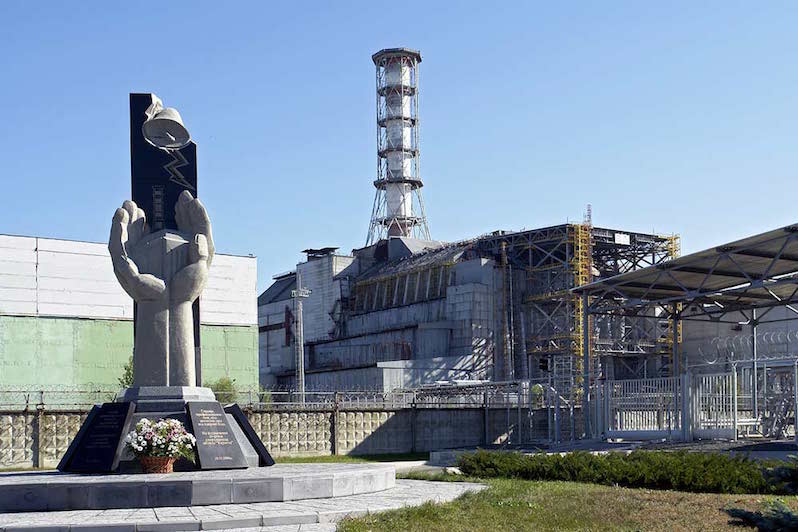 All nuclear reactors at Chernobyl were shut down by 2000. A New Safe Confinement structure is expected to be completed in 2017. (Mond / CC BY-NC-ND 3.0)
1
2
3
4
All nuclear reactors at Chernobyl were shut down by 2000. A New Safe Confinement structure is expected to be completed in 2017. (Mond / CC BY-NC-ND 3.0)
1
2
3
4
Although that spirit was decidedly lacking in the first weeks after the explosion, Soviet officials have since been very forthcoming with data, as Wilson’s traveling library of documents attests. He also has been permitted long, candid interviews with all of the major Soviet officials dealing with nuclear power and is “impressed with the speed and efficiency with which they have moved to improve the situation in all of the nuclear plants.”
For Wilson, this was his first visit to the reactor site, but he seemed as knowledgeable as his Soviet hosts on the details, thanks to U.S. satellite photography and public Soviet data.
In fact, during the car ride from Kiev to Chernobyl, the Harvard physicist, a consultant to the U.S. Nuclear Regulatory Commission, astonished his hosts with an accurately detailed description of the terrain ahead.
Back in Moscow, a day before, Wilson had compared notes with his old friend and fellow nuclear power advocate, Andrei D. Sakharov. Veterans of the nuclear adventure’s first exciting days of promise, they both still believe that nuclear power can work, though they agree it must be made safer. For his part, Wilson is forever making calculations on the backs of envelopes, proving one thing or another about the relative safety of nuclear power compared to coal or kerosene.
Others are less sanguine. At the Kiev station the two scientists and an accompanying journalist are met by local dignitaries from the Ukrainian Academy of Science who make no secret of their anger at the screw-ups that caused last April’s explosion. “It was insane,” says one, “human error. They just disconnected three automatic shutdown systems in order to do a minor experiment.”
Wilson agrees that it was a matter of human error but says that the machines should have been better, as they are in the new Soviet nuclear plants. He runs through the technical modifications, some of which have already been incorporated in the older plants; others were being implemented during this visit.
Meanwhile, jostling along in the Soviet version of a Toyota mini-van, Wilson keeps adjusting his flopping Russian fur hat as he nonchalantly reads his Geiger counter, ticking off ever-higher yields–400, 600, 700 microrads per hour–to the reporter’s alarm. No problem, says Wilson: The level of radioactivity is less than that of a chest X-ray.
Inside the Turbine Room
But it does look a bit scary on the other side of the 700-kilometer barbed-wire fence that runs along the side of the road. Behind it is the land that was directly beneath the deadly plume of radiation that passed over in the first minutes of the blast.
Unfortunately, one of the Soviet scientists observed, the rabbits and other animals that frequent this area can’t read the warning signs posted along the wire. Officials can only hope that the animals will not move off the radioactive reservation to be shot and eaten by hunters. People even have been known to sneak in and hunt and fish within the forbidden zone. Peasant habits die hard.
By now, the radiation inside the visitors’ van has hit a steady 700 microrads, which Wilson once again shrugs off by recounting tales of spills in his Harvard lab that produced higher yields. Perhaps we should call it a day and go back, the reporter suggests.
“Are you kidding?” Wilson exclaims. “We’re going into the turbine room”–adjoining the turbines for plant No. 4, the site of the explosion. “I’ve been dying to see those turbines,” Wilson explains as if discussing some local monument.
At the Chernobyl plant itself, the visiting party dons white smocks, hats and plastic shoes, while Wilson checks his state-of-the-art Geiger counter to make sure that the battery is still working.
Safety Stressed
Inside the Chernobyl plant, it is as if the accident never happened. Various wall gauges report the steady output of electricity, display temperatures and monitor radiation. Technicians in white smocks bustle purposefully about on the catwalks crisscrossing the high-ceilinged room that houses the turbines.
It was this tranquil scene that disintegrated on the morning of the disaster as other technicians lost their bearings and their lives.
But much has changed. The current staff has been retrained in the basics of nuclear safety, and their friendly demeanor can quickly give way to a dour acknowledgement of their responsibilities. They laugh while offering a visitor the plastic shoes, but if one resists putting them on, a stern lecture on the dangers of radiation will quickly follow.
The shoes are put on, and the tour goes off without a hitch. The biggest challenge is to make a respectable dent in the groaning table of food laid on by the chief engineer, a solid, no-nonsense guy imported from Siberia to make sure there are no more Chernobyls. His predecessor is about to stand trial for the human errors now universally blamed for the disaster. The new chief makes it clear by his crisp military bearing that human errors will no longer be tolerated.
Your support matters…
SUPPORT TRUTHDIG
Independent journalism is under threat and overshadowed by heavily funded mainstream media.
You can help level the playing field. Become a member.
Your tax-deductible contribution keeps us digging beneath the headlines to give you thought-provoking, investigative reporting and analysis that unearths what's really happening- without compromise.
Give today to support our courageous, independent journalists.
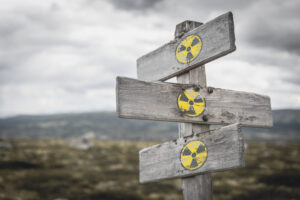
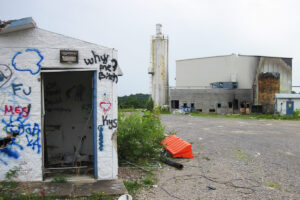
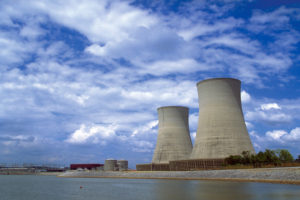
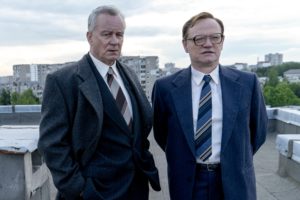
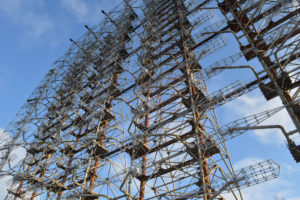
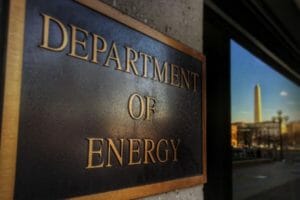
You need to be a supporter to comment.
There are currently no responses to this article.
Be the first to respond.